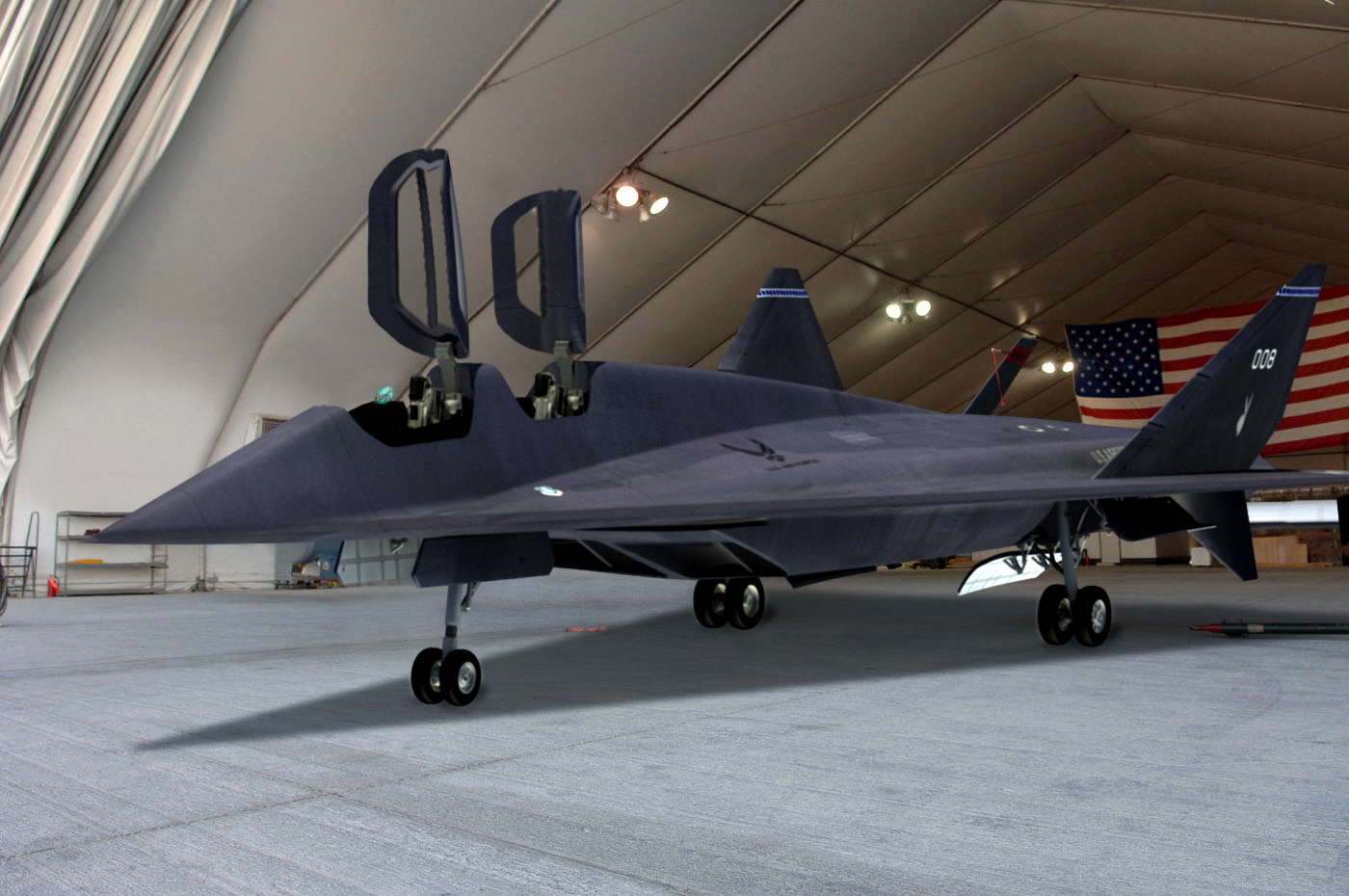
Few tales of military aviation have captured the imagination as effectively as the SR-91 Aurora. The name has been whispered around defense circles for decades, discussed among aviation buffs, and researched by journalists—all trying to ascertain the reality of what most people assumed was an American top-secret hypersonic spy plane. In spite of decades of rumor, the Aurora remains a staple of military legend, being spoken about in the same breath as other supposed black projects like the TR-3B and Senior Citizen, even if concrete proof is extremely limited.

The myth of Aurora started in the mid-1980s, at the end of the Cold War years, when the U.S. was heavily intent on developing technological superiority in the air. The initial hint was in a line of an 1985 Pentagon budget proposal citing “Aurora” as part of the SR-71 Blackbird and U-2 reconnaissance planes and including a large funding for “black aircraft production.” This offhand mention, defense analysts said, caused rampant speculation that the United States was designing an SR-71 replacement with hypersonic speed—maybe up to Mach 5 or Mach 6.

Years went by, and a string of bizarre sightings and unexplained occurrences fueled the rumors. In August 1989, engineer Chris Gibson claimed to have seen a triangular plane over the North Sea, traveling in tandem with a KC-135 tanker and F-111s. Shortly thereafter, Southern California residents complained of unusual sonic booms, which came to be called “sky quakes” in the early 1990s. Seismic detectors picked up these events, and others opined that they did not fit any recognizable air patterns, exciting the imagination of aviation observers even further.

Other circumstantial clues were provided by satellite photographs and eyewitness reports. Low-resolution images of classified aircraft at out-of-the-way bases, along with strange contrails that resembled “donuts on a rope,” were taken by some as evidence of unorthodox propulsion systems, perhaps pulsed detonation engines.

Reporter Bill Sweetman followed cryptic budget discrepancies, once recording a $9-billion shortfall in Air Force operations funding that might plausibly support a project like Aurora.

Nevertheless, in spite of these accounts, concrete evidence of the SR-91 Aurora has never been found. No photos, wreckage, or declassified information have supported its existence. Experts point out that this lack is rare; planes such as the F-117 Nighthawk and B-2 Spirit later became known, with ample documentation and physical samples to demonstrate their existence.

The technical hurdles also render the Aurora idea hard to credit. Hypersonic flight presents solutions for outrageous heat, sophisticated propulsion, and special materials. While the U.S. has made progress in such technology in recent years, even today, hypersonic planes are still pretty much experimental. That a fully functional hypersonic spy plane was allegedly developed in secret decades back pushes credulity.

Perhaps the most plausible explanations reside within the industry. Ben Rich, once director of Lockheed’s Skunk Works, explained that “Aurora” was merely a cover name for the B-2 Spirit stealth bomber project, not a hypersonic vehicle. Sightings, sonic booms, and budget irregularities, he explained, could all be attributed to the testing of the B-2 and F-117, programs which for years were almost totally classified before official recognition.

But the Aurora myth lingers on, in large part due to the U.S. defense spending culture of secrecy. The so-called “Black Budget” has ballooned over the decades to almost $100 billion by 2023. With that kind of money buried out of sight, it’s not hard to see how people can envision unusual projects quietly funded and shipped in secret, leaving fans to speculate about what just might be lurking just over the horizon.

Aurora is part of a rich heritage of so-called secret airplanes—from the TR-3A and TR-3B to Senior Citizen and other more-or-less-heretic ventures. Some, such as the F-117 or stealth Black Hawks deployed on high-profile missions, eventually became visible.

Others fall solidly into the realm of myth, sustained by circumstantial reports, rumor, and the fascination with the unknown. Ultimately, the SR-91 Aurora is an intriguing icon of secrecy, a reminder of the boundaries of public understanding, and a persistent aviation enigma that refuses to go away.
